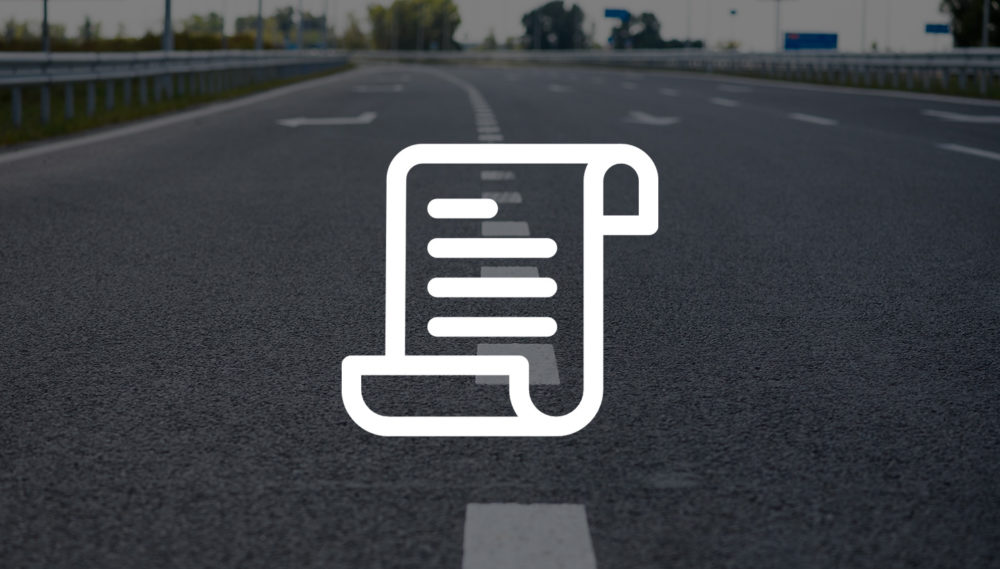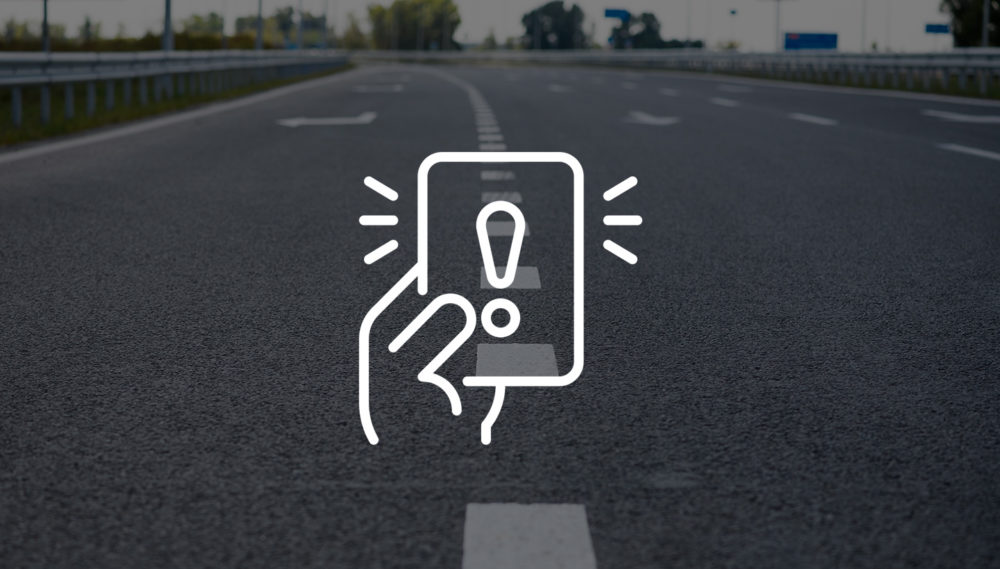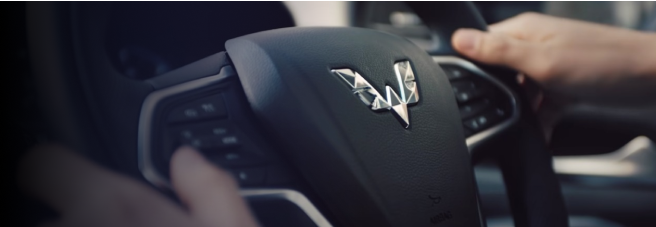
It is mandatory for every driver to obey the road markings on every street. Road marking regulations are made to ensure the safety of motorists and other people while driving and prevent unwanted things on the road.
For those of you who often drive on large roads, you must be familiar with the lines on the road surface. There are lines that are white, yellow, to red with different shapes. These lines are called road markings.
The government stipulates that there are rules regarding road markings, namely the Minister of Transportation Regulation (Permenhub) number 34 of 2014 concerning Road Markings. However, there have been changes stipulated in the Minister of Transportation number 67 of 2018. You can learn more about the rules by reading the article below. In outline, the following is an explanation of the stipulated rules.

Rules for Road Markings According to the Minister of Transportation
The rules regarding road markings in the Minister of Transportation number 34 of 2014 in Article 16 are explained based on longitudinal markings with colors and lines, namely:
- Longitudinal markings consist of solid and dashed lines, double lines consist of solid and dashed lines and double lines consist of two solid lines.
- Longitudinal markings are white and yellow for national roads and white for non-national roads.
- Yellow longitudinal markings in the form of solid lines and/or dotted lines as lane dividers and dividers and solid lines as warning signs for the edge of the lane or right-side traffic lane.
- Longitudinal markings in the form of dotted lines as lane dividers and solid lines as warning signs for the edge of the lane or left-hand traffic lane.
Baca Juga
Based on the explanation of the provisions of longitudinal road markings, at a glance the rules that drivers must understand:
Cross Line Marking or Zebra Cross
This type of road marking serves to provide opportunities for pedestrians to cross the road. Zebra crossing markings are often installed on tracks where a lot of pedestrian traffic is used, such as in front of hospitals, shopping centers, red lights and many more.
Whole Connection Line Marking
The continuous line marking serves as a sign so that drivers do not overtake other vehicles or are prohibited from crossing the marking line. If there is a highway with a marked line connecting in the middle, it means that this route is a dangerous route with the potential for an accident to occur. These line markings are usually found on descents, turns or other hazardous routes.
Dotted Line Marking
The function of the dashed line markings is as a lane divider between two vehicle flows. At this type of marking, motorists are still allowed to pass or overtake other vehicles. Even so, motorists must consider traffic density and conditions in the opposite lane.
Double Line Marking, Connect and Break
Based on Minister of Transportation Regulation number 34 of 2014 concerning Road Markings, the function of this type of marking is to regulate traffic and allow the side of the road that has dotted markings to overtake. This type of marking is usually found on derivative roads that have more than two main lanes.
Double Line Marking, Two Connection Lines
Baca Juga
If you find a double line marking in form of two connecting lines, this means no vehicle may pass through the marking line. Apart from using lines, on wide streets, these markings are often replaced with concrete barriers so that it is impossible to pass. This type of marking is commonly found on fast lanes with a road area of more than two lanes.
Yellow Marking Line / Yellow Box Junction
Yellow box junctions are usually found at crossroads where there is a lot of traffic. The meaning of this road marking is that vehicles are prohibited from stopping in a yellow box to prevent congestion in heavy traffic flow. The purpose of this marking is so that the intersection lane is not locked when the road conditions are congested.
Every driver must understand and comply with road marking regulations when driving on the highway. Road markings are made as traffic signs that will prevent unwanted things from happening on the highway.
Almaz RS Pro has been equipped with ADAS features, namely LDW (lane departure warning) and LKA (lane keeping assistance) which can help recognize road markings so that vehicles can keep moving in the right lane. This feature will warn the driver if it detects a vehicle leaving its lane so that the risk of an accident while driving can be minimized.

Sanctions for Rule Violators
The government also provides sanctions for drivers who violate road marking rules. The sanctions are enforced in accordance with Article 287 of Law Number 22 of 2009 concerning Road Traffic and Transportation (LLAJ). In the article, it is stated that violators will receive sanctions in the form of imprisonment for a maximum of 2 months or a maximum of IDR 500 thousand.
With these sanctions, those of you who often move mobile with vehicles should understand the rules that have been given by the Government. We assume you don't want to lose by having to pay that nominal, right?
SHARE:






















